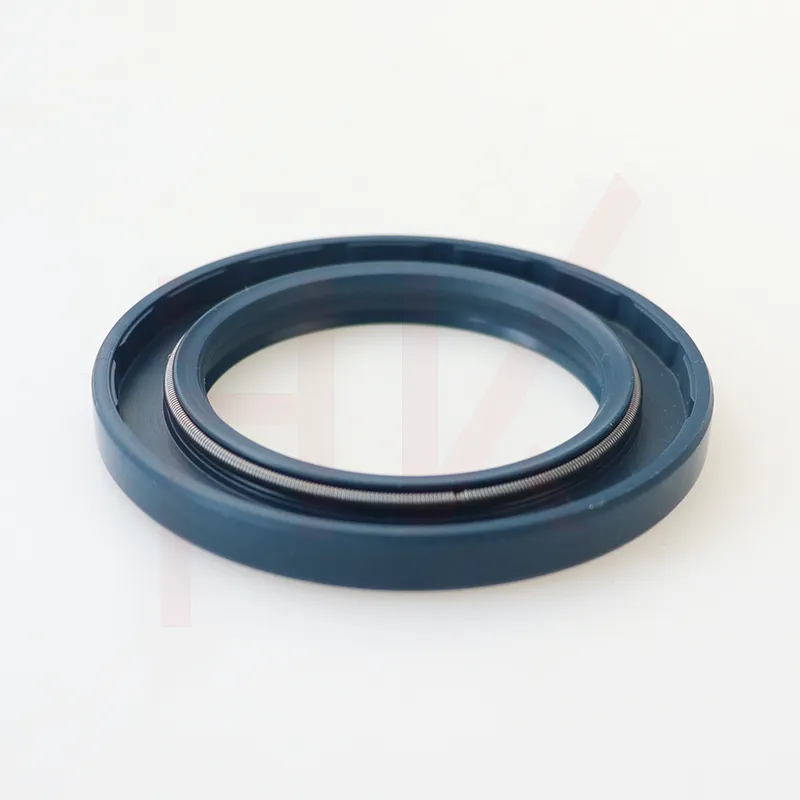Nov . 01, 2024 09:54 Back to list
Hydraulic Cylinder Seal Kit Materials for Enhanced Performance and Durability in Fluid Systems
Understanding Hydraulic Cylinder Seal Kit Materials
Hydraulic systems are essential in various industrial applications, from construction machinery to manufacturing equipment. One critical component of these systems is the hydraulic cylinder, which utilizes seal kits to ensure efficiency and prevent fluid leakage. The materials used in hydraulic cylinder seal kits are crucial, as they directly impact the performance and longevity of the cylinders.
Hydraulic cylinder seal kits typically consist of different types of seals, such as O-rings, backup rings, rod seals, and piston seals. The choice of material for these seals is essential, as they must withstand high pressures, harsh environmental conditions, and the properties of the hydraulic fluid they contain. Several materials are commonly used in the manufacture of these seals.
1. Nitrile Rubber (NBR) Nitrile rubber is one of the most widely used materials for hydraulic seals due to its excellent resistance to petroleum-based fluids and good mechanical properties. It can withstand temperatures ranging from -30°C to 100°C (-22°F to 212°F). However, it can degrade when exposed to water, steam, or higher temperatures, making it less suitable for certain hydraulic applications.
2. Polyurethane (PU) Polyurethane seals are known for their superior wear resistance and durability. They excel in high-load applications and have a broad temperature range, typically from -30°C to 80°C (-22°F to 176°F), though some formulations can handle even higher temperatures. Additionally, PU seals exhibit excellent resistance to abrasion, making them ideal for use in harsh conditions.
hydraulic cylinder seal kit material

3. Fluoroelastomers (FKM) For applications involving aggressive fluids or high temperatures, fluoroelastomers like Viton® are often the preferred choice. FKM seals can endure temperature ranges of -20°C to 200°C (-4°F to 392°F) and are resistant to a wide variety of chemicals, including fuels, oils, and solvents. Their robustness comes at a cost, as they are typically more expensive than other seal materials.
4. PTFE (Polytetrafluoroethylene) PTFE is another material that is highly valued in seal kit applications due to its outstanding chemical resistance and wide temperature range (-200°C to 260°C or -328°F to 500°F). PTFE seals are often used in environments where traditional materials would fail, making them suitable for specialized hydraulic systems.
Conclusion
The choice of material for hydraulic cylinder seal kits is a critical factor that influences the performance, reliability, and longevity of hydraulic systems. Nitrile rubber, polyurethane, fluoroelastomers, and PTFE each offer unique characteristics that make them suitable for different applications. Understanding these materials helps engineers and technicians select the appropriate seals to meet the demands of their specific hydraulic systems, ensuring optimal performance and reducing the risk of leaks and failures.
-
The Trans-formative Journey of Wheel Hub Oil Seals
NewsJun.06,2025
-
Graphene-Enhanced Oil Seals: Revolutionizing High-Pressure Oil Sealing
NewsJun.06,2025
-
Future of Hydraulic Sealing: Advanced Intelligent TCN Oil Seals
NewsJun.06,2025
-
Don’t Let a Broken TCV Oil Seal Ruin Your Day
NewsJun.06,2025
-
Bio-Inspired Dust Seals for Better Sealing Performance
NewsJun.06,2025
-
Biodegradable and Sustainable Hydraulic Seal Materials
NewsJun.06,2025
-
Top Oil Seal Solutions for Your Industrial Needs
NewsMay.22,2025
Products categories
















